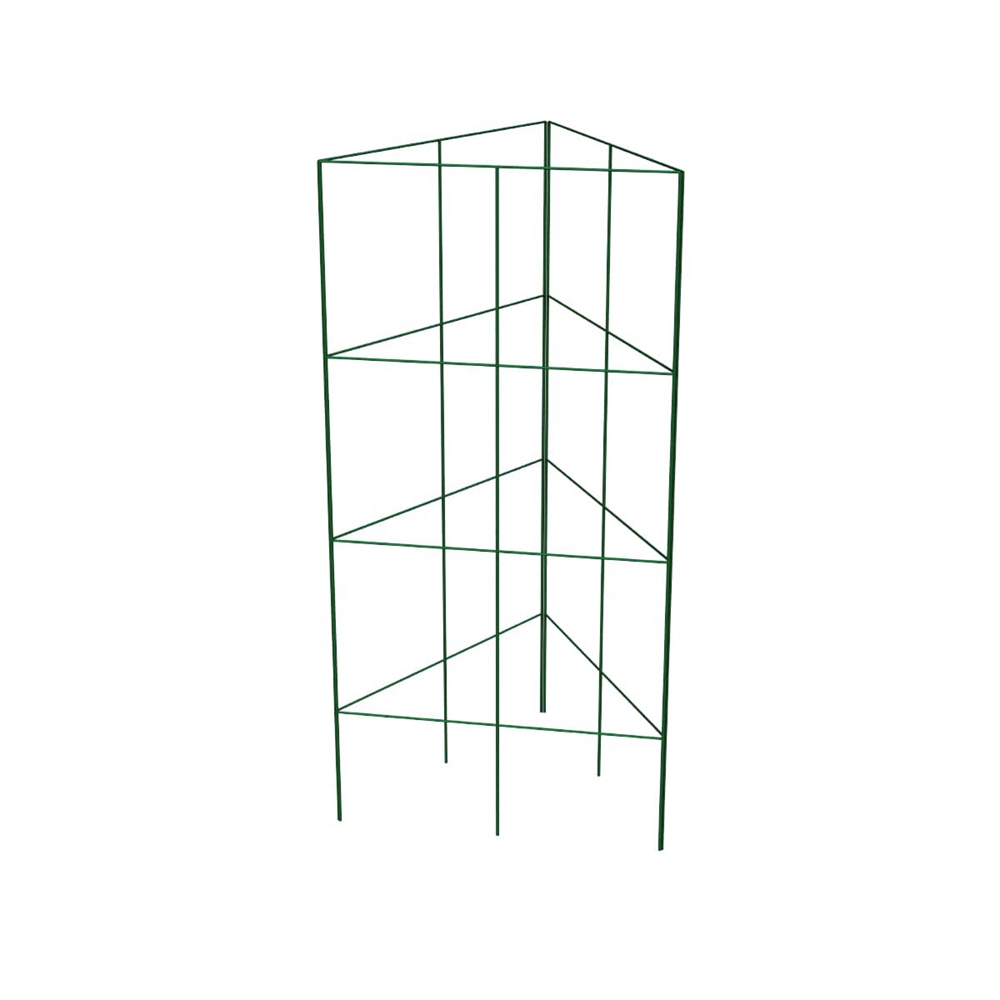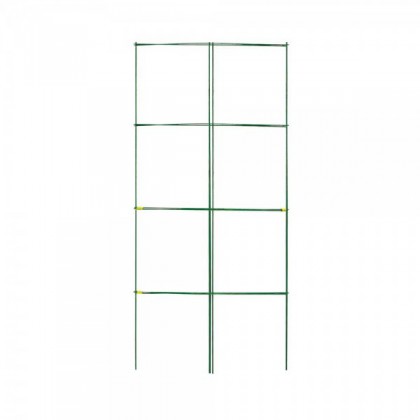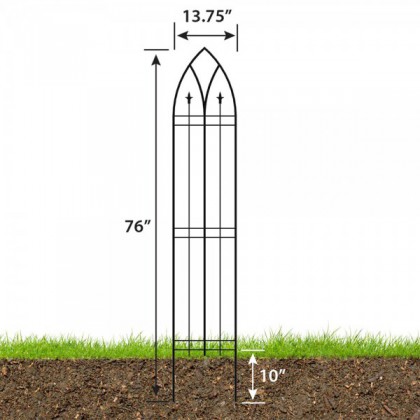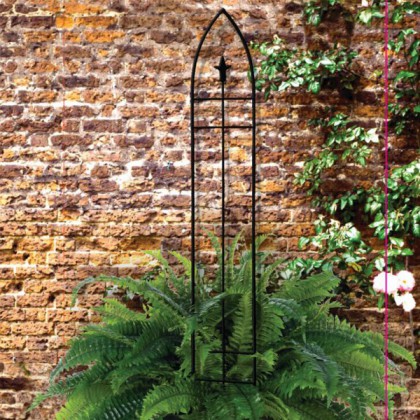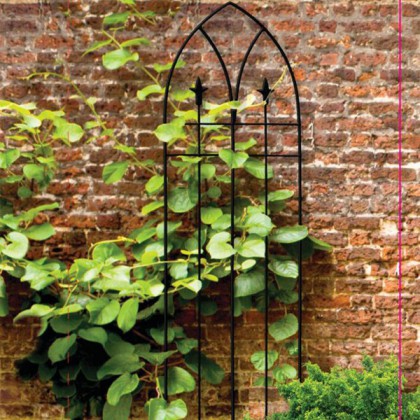• A tomato trellis typically consists of a sturdy framework made of materials such as wood, metal, or PVC pipes.
• The framework is designed to be strong enough to support the weight of the tomato plants and withstand the elements.
• The trellis is usually set up in rows or grids, with each plant having its own designated space.
• This arrangement allows for easy access to the plants for pruning, harvesting, and maintenance.
• The height of the trellis can vary depending on the type of tomato plants being grown and the available space.
• However, it is generally recommended to have a trellis that is at least 6 feet tall to accommodate the upward growth of indeterminate tomato varieties.
• To support the tomato plants, the trellis framework is equipped with various types of support systems.
• These can include stakes, cages, or strings.
• Stakes are inserted into the ground near the base of each plant, providing a vertical support for the main stem.
• Cages are cylindrical structures made of wire or mesh that surround the plant and help to keep it upright.
• Strings are tied horizontally between stakes or other support structures, allowing the tomato plants to climb and be trained along them.
• As the tomato plants grow, they are gently tied to the trellis using soft garden twine or plant clips.This ensures that the plants remain upright and properly supported as they become heavier with fruit.
Advantage
• The use of a tomato trellis offers several advantages.
• First, it saves space in the garden by allowing the plants to grow vertically instead of sprawling on the ground.
• This is especially beneficial for gardeners with limited space. Second, it improves airflow around the plants, reducing the risk of disease and increasing pollination.
• Third, it makes pruning and harvesting easier as the plants are organized and more accessible.
